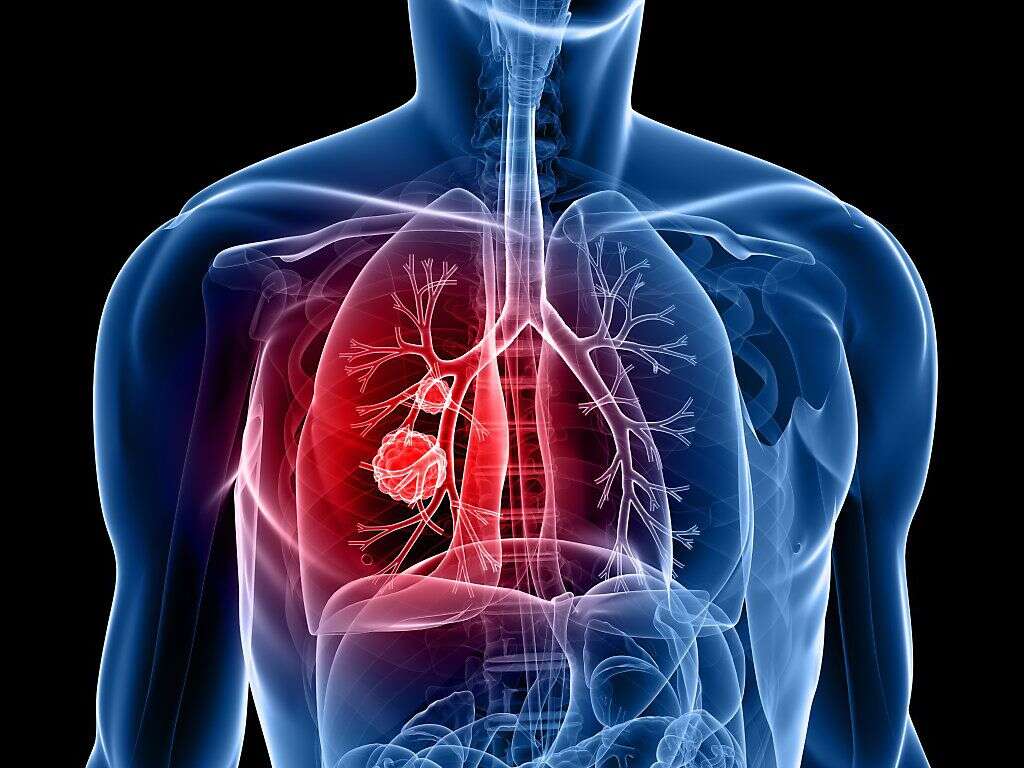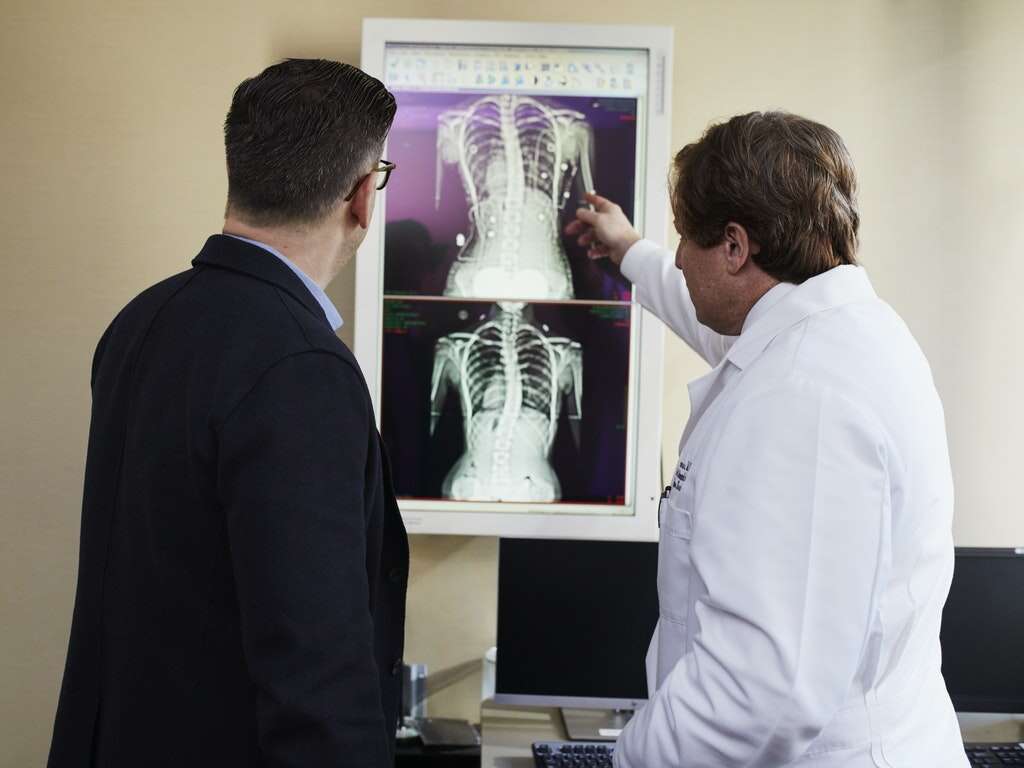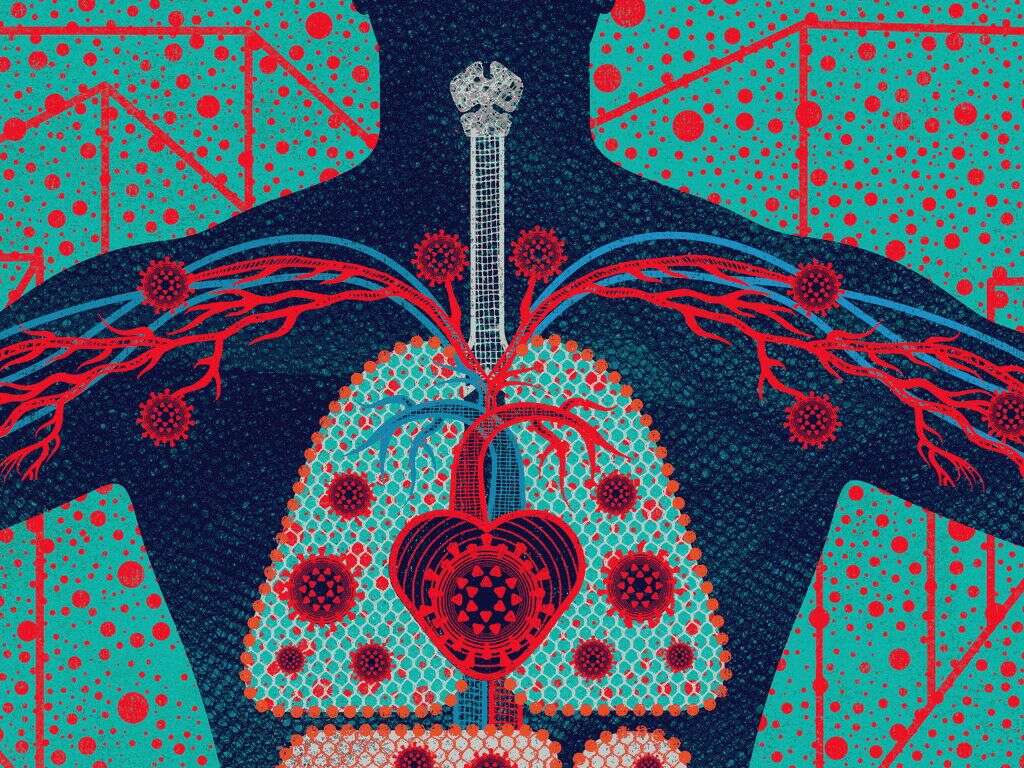10 Lung Infection Symptoms
Lungs are spongy organs equipped for the exchange of oxygen and carbon dioxide. The interior of the lungs is composed of a network of tiny sacs through which oxygen gets into the bloodstream and carbon dioxide leaves the bloodstream. During the breathing process, air gets into the lungs through the trachea, which branches into bronchi leading into each lung.
The bronchi branch further into bronchioles which lead into the tiny air sacs called alveoli. Most infections get into the lungs through the air that we breathe. The infections can affect any part of the lungs. Such infections include pneumonia, influenza, bronchitis, and tuberculosis.
Other diseases of the lungs include COPD, asthma, and lung cancer. Lung infections affect millions of people of different ages. But, how would you know that you or a loved one has a lung infection? Following are the most common 10 lung infection symptoms:
Symptom #1: Coughing
Coughing is one of the most common lung infection symptoms. It occurs when the body needs to expel an irritant from the lungs. Coughing forces air to flow out in a fast stream. This way, irritants such as mucus and smoke transports out. An occasional cough is a normal occurrence that keeps the lungs clean. However, when you’re coughing continuously for weeks or longer, it is probably a sign of lung infection.
In this case, the infection-causing pathogens may lodge on the inner surface of a part of the lungs. This leads to increased mucus production as the immune system tries to wash away the pathogens. The increased mucus production necessitates coughing. Besides increased mucus, the irritation may cause swelling within the lungs which can lead to narrowing of some airways. Coughing due to constricted airways may be accompanied by pain in the chest, or noisy/difficult breathing.
Symptom #2: Phlegm Production
A cough may be dry or wet. Dry coughs usually result from conditions like smoking or inhalation of foreign matter like dust. A wet or productive cough on the other hand shows that there is phlegm in the lungs and is a sign of a lung infection. Once pathogens lodge in the lungs, they start to multiply.
This causes an infection to grow and cover a larger area. The immune system responds by producing more mucus in the lungs in a bid to expel the pathogens. With the increased mucus, coughing continues and may worsen as there is more mucus to expel. The mucus may be yellowish, brownish or greenish in color. In some cases, the phlegm may be blood-stained.
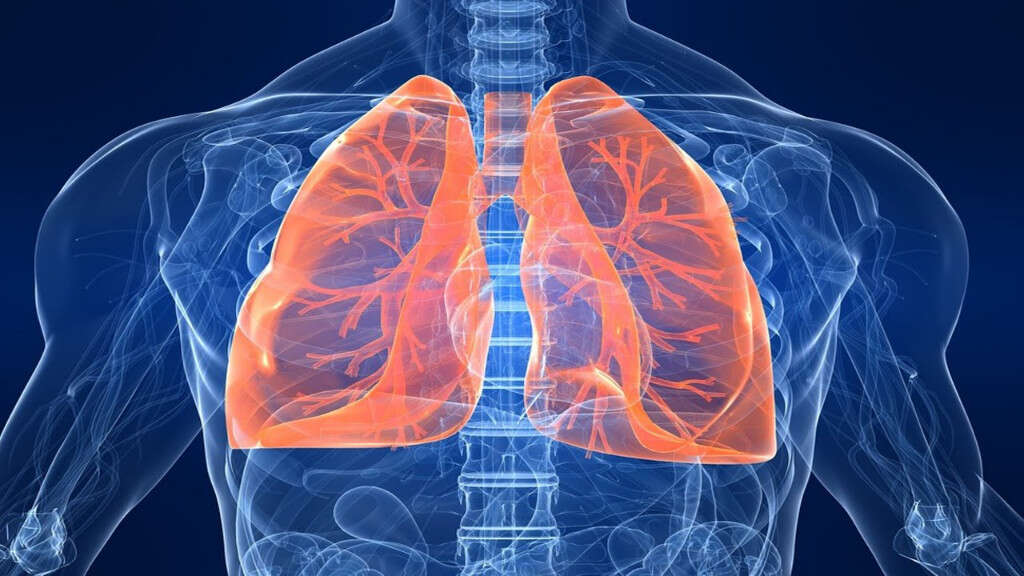
Symptom #3: Breathing Difficulty
Breathing difficulty, including rapid breathing, labored breathing and shortness of breath, is another common lung infection symptom. Difficult breathing occurs due to the increased mucus and irritation. These lead to narrowed airways such that less air gets into the lungs. As a result, the body does not get adequate oxygen.
This causes the brain to trigger increased breathing rate in a quest to get more oxygen into the bloodstream. Difficult breathing is common in cases of an infection like pneumonia. It also occurs during an asthma attack. In both cases, you should seek treatment urgently, especially when it affects a young child.
Symptom #4: Chest Pain
Chest pain is associated with some acute lung infections like pneumonia as well as chronic infections like bronchitis. Chest pain occurs due to the inflammation on the affected regions of the lungs. The inflamed surface may also be swollen. The pain occurs as would happen with any other inflamed or swollen tissue.
Additionally, when inhaling or exhaling, lung tissues expand and contract respectively. This is the reason why the pain worsens when breathing. And because there is less pain when not breathing, a patient may take progressively shallower breaths.

Symptom #5: Fever and Chills
Fever is the rise in body temperature beyond 100.4°Fahrenheit. Lung infections as with many other infections can cause fever. This happens as part of the body’s defense mechanism. In addition to sending more fighting white blood cells to the infection site, the immune system causes the body temperature to rise.
This rise in temperature is supposed to cause the environment to be unfavorable for the pathogens and therefore to die. Usually, low-grade fever is seen in acute bacterial bronchitis cases and high-grade fever is characteristic of pneumonia.
Symptom #6: Headache
Headaches may be symptoms of lung infections. Such headaches usually occur as a result of breathing difficulties. As previously mentioned, the body requires oxygen to carry out various functions. It also requires to get rid of the carbon dioxide. This exchange of oxygen and carbon dioxide happens in the lungs during the breathing process.
However, because lung infections interfere with the breathing process, they cause the body to get less oxygen and to get rid of less carbon dioxide. When this goes on for some time, the bloodstream ends up having less oxygen and increased amounts of carbon dioxide, a condition known as hypoxia. This strains tissues and organs including the heart and the brain. The resultant strain leads to headache, besides other general aches.

Symptom #7: Fatigue
Your body requires energy to carry out its many functions including eating, working and exercising. To produce this energy, the body requires glucose and oxygen. Of course, glucose comes from food while oxygen gets into the body through breathing. However, lung infections usually lead to reduced oxygen intake. Inadequate oxygen means that the body produces less energy than it requires.
A significant amount of this energy is used by the immune system to fight the infection while the rest is used for survival. This leaves little for other activities. Additionally, people with lung infections may have poor appetite such that they eat little food to provide adequate amounts of glucose and other nutrients. All this can lead to fatigue, which is another common lung infection symptom.
Symptom #8: Increased Heart Rate
Lung infections can make the heart beat faster for a number of reasons. First, the illness can cause anxiety and stress in the patient. This can lead to high adrenaline levels which causes the heart to beat faster.
Because lung infections can interfere with oxygen uptake into the bloodstream, the body may react by causing the heart to beat faster in order to supply more oxygenated blood. In some cases, lung infections such as pneumonia can lead to high pressure in the pulmonary blood vessels. This can lead to excessive dilation of the right side of the heart and interfere with the rhythm of the heart. If, in addition to other lung infection symptoms, you experience a faster or irregular heartbeat, visit a doctor or a medical facility for treatment.
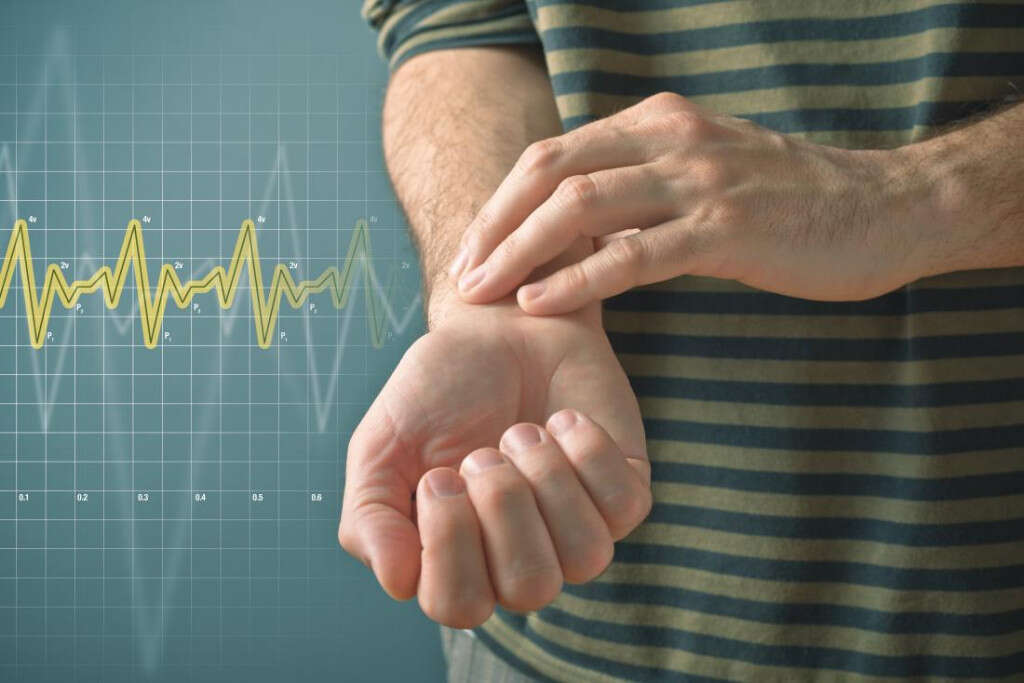
Symptom #9: Loss of Appetite
Some lung infections can cause a loss of appetite. Besides breathing difficulty and a productive cough, loss of appetite is a common symptom of lung infection. The reduced appetite is usually worse if the lung infection is severe. It may even continue after treatment until the body attains recovery.
Because of the pain and discomfort associated with lung infections, a patient’s breathing does not provide enough oxygen to help the body carry out all its functions. As a result, the body does not produce adequate energy. In this state, the patient may not get the urge to eat. Additionally, the act of eating and especially swallowing may increase the chest pain.
Symptom #10: Sleep Disruption
A person with a lung infection may also get sleep disruptions. This can occur at any time the urge to cough increases. It can also occur as a result of difficult breathing.
Generally, the coughing gets worst during the night when the patients go to bed, this may cause them to stay awake longer than usual or even waking up suddenly with the urge to cough.



